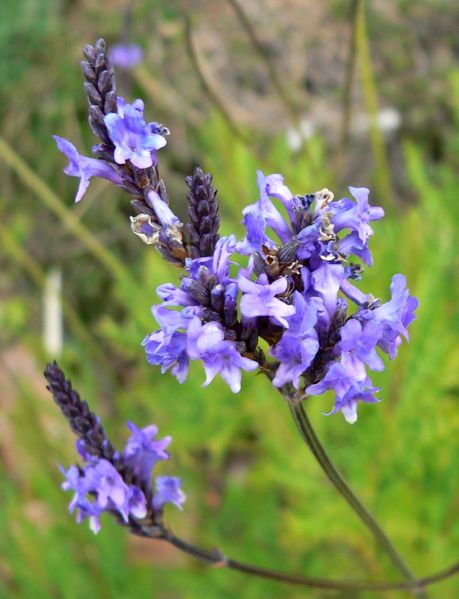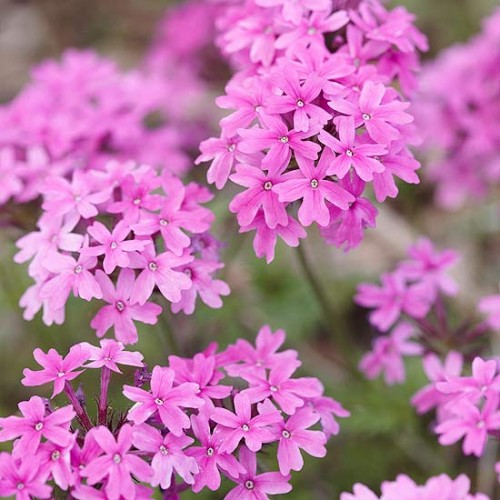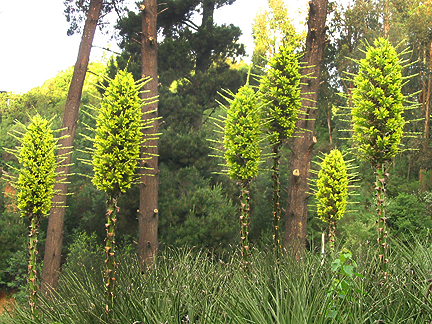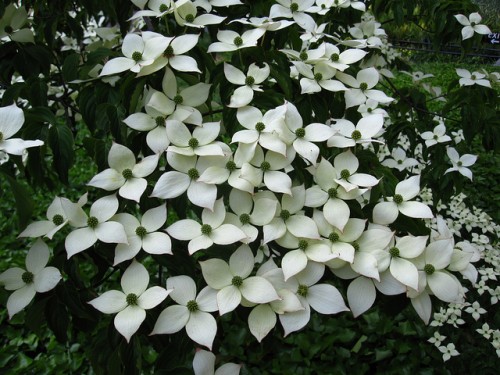
Let’s take a little trip around the world shall we? Since it’s close, let’s start by heading north to Canada, then lets dive south towards South Africa, stopping in the Canary Islands on the way…..then over to China, across the Pacific to Chile and then north back to home. Doesn’t that sound fantastic?

Did you ever think that a visit to the nursery was, in a way, a little world tour? Well it is — kinda. Canadensis, Canariensis, Capensis, Chinensis & Chilensis all denote the original origin of a plant.
Canadensis = from Canada
Canariensis = from the Canary Isles
Capensis = from the Cape, South Africa
Chilensis = from Chile
Chinensis = from China

It’s isn’t fool proof by any means, but I like to use these little tidbits of information to tell me a little something about a plant. For example, if it is a ‘Canadensis’ plant, I generally assume that it will work in my garden (given that all of Canada is in a growing zone relatively close to mine or at least requiring a plant to be tougher than what I will provide in my zone 6 home). If you live in southern California, you might be able to make some of the same assumptions about Canariensis plants (which are similarly from a warm dry clime).

Also I let geography tell me something too. Did you know for example that nearly 50% of plants from Chile are endemic to just that one place. That is to say, that because Chile has so many unique and cut-off places, plants have been able to take their own evolutionary path- resulting in a huge set of ‘chilensis’ plants unlike others from anywhere else in the world.
Seeing ‘Chilensis’ on a tag always makes me wonder what kind of fantastically foreign (to me) place this little living thing that I hold in my hands as I stand in the garden center came from.

Want to see more canadensis-canariensis-capensis-chilensis-chinensis plants? Check out my pinboard.
images: From the Top — Zaluzianskya capensis, “Night Phlox” AKA “Midnight Candy” from Annies Annuals, Lavandula (Lavender) canariensis, Rose Verbena verbena canadensis from Better Homes and Gardens, Puya Chiliensis from annies annuals, and Cornus kousa var. chinensis from brooklyn botanical garden
+comments+